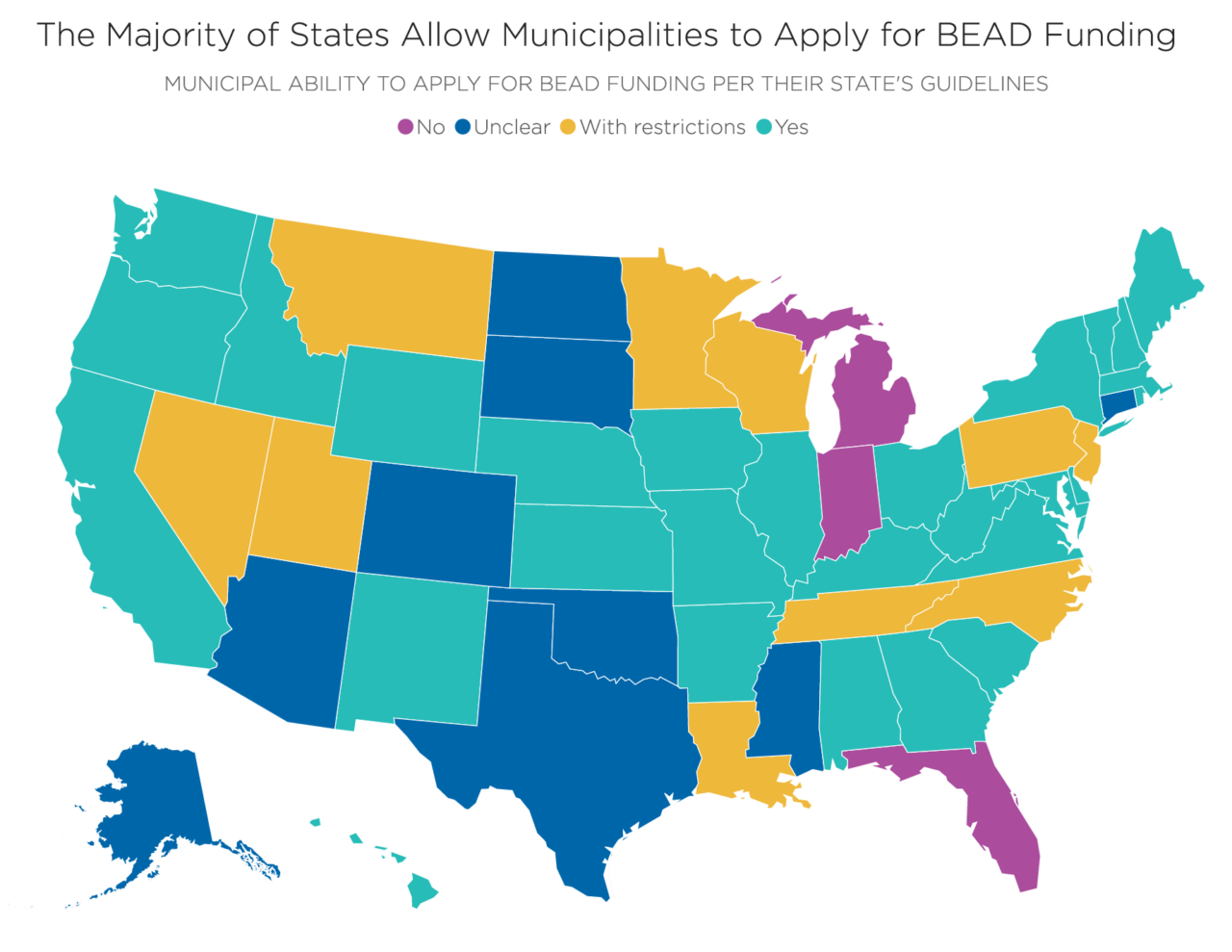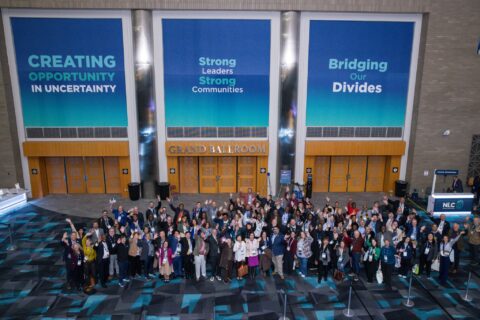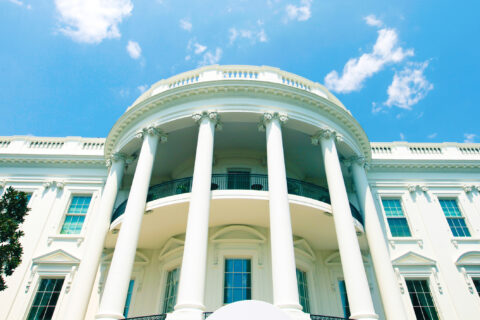As Bipartisan Infrastructure Law (BIL) funds continue to roll out, local governments should prepare for pending state block grant broadband funding through the Broadband Equity, Access and Deployment (BEAD) program. The BEAD program is a $42.45 billion state block grant to help create universal coverage of broadband through subgrants to entities to build broadband infrastructure in unserved and underserved areas. States were required to create plans describing how they would use BEAD and other funds to create universal broadband service and digital equity for their residents. All states have now submitted these plans, along with an outline of how they intend to run a subgrant process for BEAD funds, to the National Telecommunications and Information Administration, the federal agency responsible for BEAD. The latest information on how your state is progressing through the federal approval process can be found here.
NLC staff reviewed each state’s initial plans to determine which states will allow municipalities to apply for BEAD funding, which states included municipalities in their BEAD planning process, and much more. A dashboard with all the information NLC gathered is available in NLC’s Resource Library.
States Allowing Municipal Funding
NLC has found that 29 states allow municipalities to directly apply for state BEAD funding. This includes states like Georgia, Maryland and Idaho.

Some states (LA, MN, MT, NV, NJ, NC, PA, TN, UT, WI) allow for municipalities to apply for BEAD funding with various restrictions. For example, Nevada only allows municipalities with under 25,000 residents to compete for subgrants and Utah requires municipalities to partner with a nonprofit to compete for subgrants. Three states don’t allow municipalities to apply for BEAD funding mainly due to existing legislative preemption. Each state structures its subgrantee selection process slightly differently, so check your state’s RFP for specific requirements.
Issuing a Letter of Support
For states in which municipalities are disallowed or limited in their ability to apply for BEAD funding, issuing letters of support is an important mechanism that allows municipalities to weigh into the subgrantee selection process. Many states award points to subgrantee applicants who have received a letter of support from a municipality. Others require subgrantees to engage with municipalities during the application process.
For municipalities that are restricted from applying for BEAD funding through their state, there are several other avenues for them to pursue funding at both the state and federal levels. Most states have broadband funding programs outside of BEAD, many of which allow municipalities to apply. Some of this funding, though, is limited, as some programs were funded through the Coronavirus Aid, Relief, and Economic Security (CARES) Act and the American Rescue Plan Act (ARPA).
Accessing Federal Funding to Support Broadband Development and Planning
A variety of federal grants may also be used to fund broadband development or planning. The National Telecommunications and Information Administration (NTIA), which administers BEAD, maintains a comprehensive funding guide of federal grants that allow some aspect of broadband planning or deployment as a use of grant funds.
Every state is also required to conduct a challenge process for the data underlying BEAD grant areas, which is open to local governments and nonprofits. States are conducting these challenges as their plans are approved by NTIA, and the latest and most up-to-date information can be found here. Municipalities with some or all of their community incorrectly classified as already served by broadband may participate in this challenge process to correct state maps, generally by submitting data to a state challenge portal to verify the lack of broadband access in a location.
Lastly, local leaders should know that the Affordable Connectivity Program created in BIL exhausted its funding in April 2024. This program has provided more than 23 million low-income households with a $30 discount on home broadband services. Without further congressional action, these households will be left vulnerable and potentially without broadband service. NLC members sent a letter to Congress calling for immediate action to prevent disconnection of those households. Local leaders should communicate with their states and internet service providers in their communities to understand how the wind-down of the Affordable Connectivity Program may impact state broadband plans or the ability of providers to participate in the BEAD grant process.
Learn More
View the Broadband Access Funding Table to determine whether your state is eligible to apply for funding.










